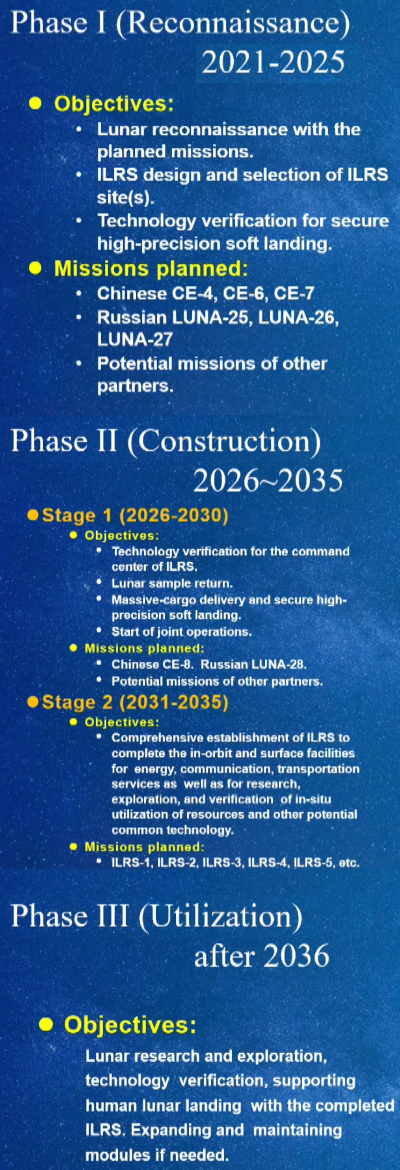China launches military satellite
Using its Long March 2D rocket, China today successfully launched a satellite in its classified Yaogan series, suspected to be for military reconnaissance.
In fact, so little is known about the Yaogan satellites that we aren’t even sure how many were placed in orbit today. Normally a Yaogan launch puts three satellites into orbit (which is what this Space.com article assumes). The story from China’s state-run press above however does not say this at all. Instead, it implies that only one Yaogan satellite was launched.
Regardless, the leaders in the 2022 launch race:
47 SpaceX
45 China
14 Russia
8 Rocket Lab
7 ULA
American private enterprise still leads China 67 to 45 in the national rankings. It is now tied with the entire world combined 67 to 67. This launch today also brings the launch total this year to 134, which ties the record for the most successful launches in a single year, set last year. With two and a half months still to go, 2022 should end up breaking that record significantly.
Using its Long March 2D rocket, China today successfully launched a satellite in its classified Yaogan series, suspected to be for military reconnaissance.
In fact, so little is known about the Yaogan satellites that we aren’t even sure how many were placed in orbit today. Normally a Yaogan launch puts three satellites into orbit (which is what this Space.com article assumes). The story from China’s state-run press above however does not say this at all. Instead, it implies that only one Yaogan satellite was launched.
Regardless, the leaders in the 2022 launch race:
47 SpaceX
45 China
14 Russia
8 Rocket Lab
7 ULA
American private enterprise still leads China 67 to 45 in the national rankings. It is now tied with the entire world combined 67 to 67. This launch today also brings the launch total this year to 134, which ties the record for the most successful launches in a single year, set last year. With two and a half months still to go, 2022 should end up breaking that record significantly.



